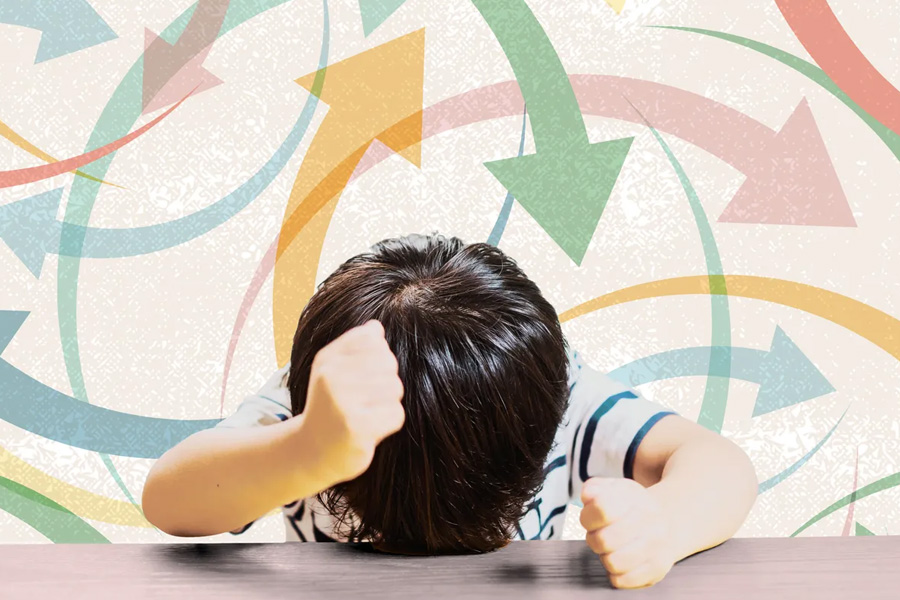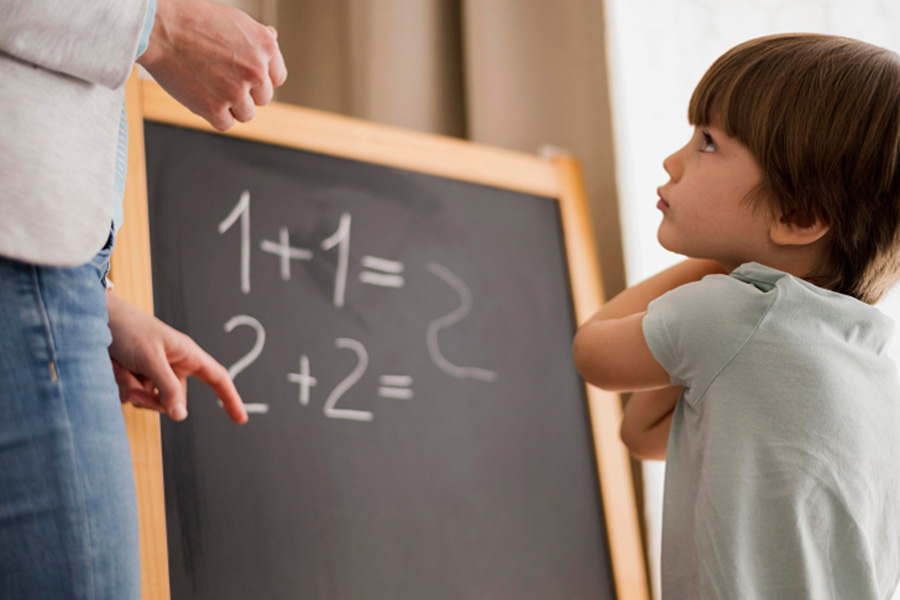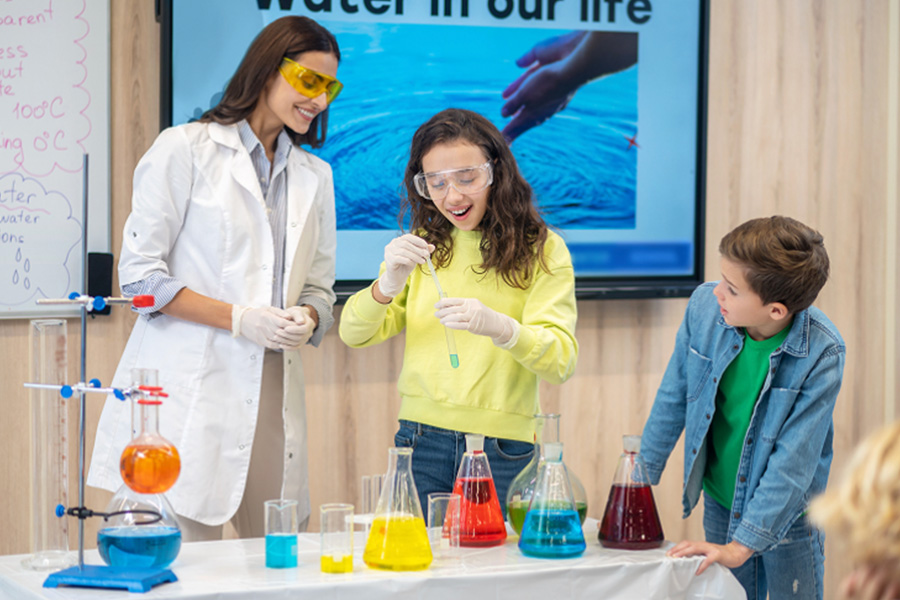Traditional educational methods often fail to support children with ADHD. Kids with ADHD (Attention-Deficit/Hyperactivity Disorder) typically exhibit heightened energy levels, impulsivity, and difficulty sustaining attention, challenges that can interfere with conventional classroom learning. This same energy can be redirected using tutoring strategies. By integrating movement breaks, reward systems, and consistent parent-coach checking-ins, tutoring becomes a powerful instrument that can transform fidgeting into focused engagement.
Comprehending ADHD And Learning Styles
Children with ADHD may not be less intelligent, but they process and engage information differently. Many thrive in dynamic environments, with hands-on activities, rapid feedback, or moving opportunities. Tutors must create learning environments that fit the natural way these children learn.
Specialized tutoring for kids with ADHD comes in. The tutoring is structured differently to cater to attention challenges while maximizing each child’s strengths. This approach doesn’t suppress their energies; it channels them.
Movement Breaks: Focus Through Physical Activity
Scheduling regular movement breaks between study sessions is one of the best ways to help ADHD kids concentrate. These are not random interruptions. Rather, they are planned transitions that regulate sensory input to reset the brain.
What It Does:
Research has shown that physical activity can improve mood and alertness by increasing blood flow. Even short bursts — such as jumping on the mini-trampoline or bouncing in a hallway race — can help children with ADHD improve their attention span.
How it Works:
A tutor can design structured sessions using a simple formula. The session will consist of 10-15 minutes of focused work followed by 2 to 3 minutes of movement. These breaks allow kids to reset and refocus on the task. The learning rhythm is enhanced when movement becomes predictable and part of a routine.
Reward Charts Motivate With A Visual Tracker
Positive reinforcement is crucial in maintaining motivation. ADHD can cause kids to struggle with internalizing the long-term benefits of learning, so short-term visual reinforcement becomes vital.
How Reward Charts Work:
An incentive chart is a way of tracking visible and easily readable goals. Students can earn stickers or points each time they accomplish a certain task. For example, staying seated while reading, completing an assignment, or finishing a worksheet. These points could lead to valuable rewards, such as extra screentime at home or a chance to choose the book.
Setting Your System Up for Success:
Your rewards must be attractive and achievable to make your system effective. Motivation will decline if motivation is weakened by a goal that feels distant or a reward that’s too small. Parents and tutors need to collaborate to understand what is important to the child and develop a system that includes small and larger incentives. The praise that should accompany every reward is crucial to building self-esteem.
Parent-Coach-Check-Ins: Create A Consistent Support System
The tutor-student-parent partnership is essential to the success of ADHD tutoring. Checking in with the parent coach regularly will ensure that any progress made in session is echoed back at home or school.
Why This Matters:
ADHD kids often struggle to transition and are better off with predictable routines. If parents and tutors communicate regularly – ideally once weekly – they can align language, reward systems, behavior plans, and reward programs. For example, the parent can mimic the tutor’s phrase “pause and consider” when encouraging their child to act.
What Effective Check-Ins Include:
Effective check-ins do not need to be long. You can get the same results with a 10-minute virtual call or email summary.
- Reviewing goals and achievements
- Highlight emerging challenges
- Adjust the reward strategy and movements
- Celebrate small and large wins
These check-ins not only keep everyone up to date, but they also promote teamwork. The student is more likely to feel supported when they see an united front from adults, rather than a fragmented response.
Final Thoughts
Every child with ADHD needs an education that celebrates the person they are and does not punish who they are not. If tutoring embraces children’s need to be active, reinforces effort by rewarding them, and involves parents, it can transform tutoring from an uphill battle into a triumph.
Tutors help students make real progress when they shift the mindset away from “fixing” or “fixing” their attention problems to “guiding” or “guiding” energy. Kids who used to hate homework begin to enjoy it — not just because it’s simple, but also because they can do it.
With thoughtful strategies, supportive communications, and an effort to celebrate efforts, tutoring becomes more than just academic support for kids with ADHD. It becomes a road to confidence, independence, and long-term success.




